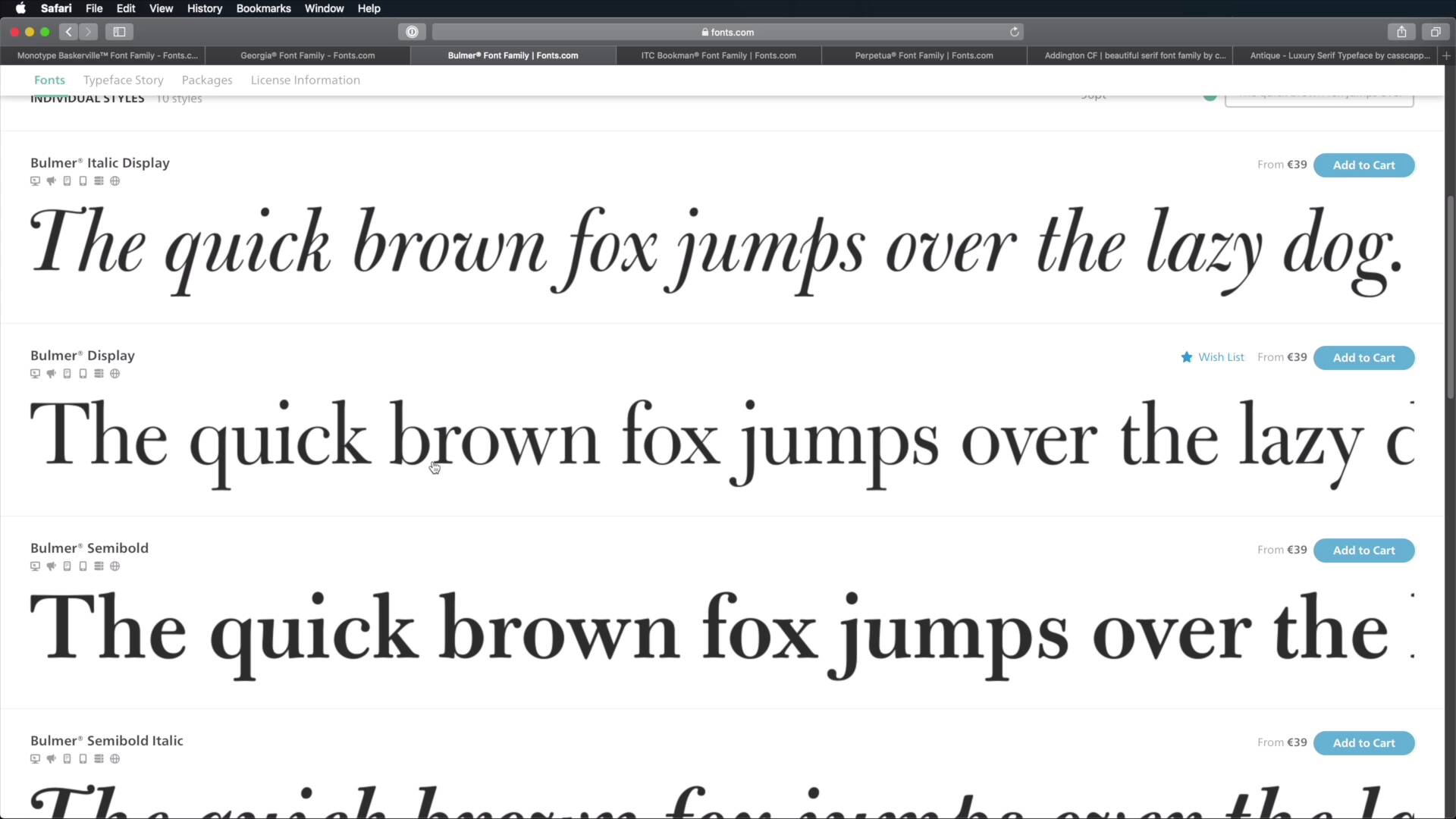

- #TRANSITIONAL TYPEFACE ANDROID#
- #TRANSITIONAL TYPEFACE FREE#
If you're looking for an ultra-light or ultra-black, feel free to swap Avenir for Avenir Next. Avenir was chosen over Avenir Next for macOS because the weight 300 is much more legible on the web over the 200 weight that Avenir Next has.CSS Font Stackįont-family : Avenir, 'Avenir Next LT Pro', Montserrat, Corbel, 'URW Gothic', source-sans-pro, sans-serif One of the most famous examples of an Old Style typeface is Garamond. Old Style typefaces are characterized by diagonal stress, low contrast between thick and thin strokes, and rounded serifs, and were developed in the Renaissance period.
#TRANSITIONAL TYPEFACE ANDROID#
Android uses Noto Serif as its default serif font, so no need to specify in the stack.Sitka was designed in collaboration Microsoft's Advanced Reading Technologies to optimize readability. Sitka is another beautiful typeface designed by Matthew Carter that slightly resembles Charter.

It has a large x-height helping with readability, and holds up beautifully on today's screens.
Charter is a fantastic and timeless typeface designed by Matthew Carter in 1987 for low-resolution 300dpi fax machines and laser printers. 💻 View in Your Browser ( Article View / Characters) 🎥 Preview Rendering Across Operating Systems ✅ Font Weights & Notes 2014.Font-family : Charter, 'Bitstream Charter', 'Sitka Text', Cambria, serif "Making Sense Of Type Classification (Part 1)." Smashing Magazine. Eaves - a Baskerville revival named after Sarah Eaves, Baskerville’s wife - all fall into this category. Details become very refined.Įric Gill’s Joanna, Melior, Clearface and Mrs. The serifs are less bracketed and flatten out. The weight difference between the thickest and thinnest points is now exaggerated. The axis is now nearly, if not completely, vertical. In the Transitionals (or Neoclassicals), we see certain trends continuing. Pierre Fournier, uncannily sharing a name with an acclaimed 20th-century cellist, also had an interest in music and developed a new style of typography for musical notation. Fournier was highly respected in his lifetime, and despite having consulted royalty both within France and internationally on type design and having established printing houses, Fournier is primarily remembered today for introducing the point system as a way to measure type sizes. Numerous revivals, both metal and digital type, that draw on Baskerville have been made.įournier was among the printers who praised Baskerville’s type, reserving particularly high compliments for his italics. You may have read of the humorous encounter in which Franklin outwitted a critic of Baskerville. This did not please most of the printing world at the time, and Baskerville endured harsh criticism, despite having such luminaries as Benjamin Franklin as friends and advocates of his work. Baskerville, an entrepreneur who dabbled in multiple businesses, developed quite an interest in printing and eventually designed his own type in order to improve on Caslon’s work. Two of the biggest names in type during this period were John Baskerville and Pierre Simon Fournier. Although commissioned in 1692, the entire family of 86 fonts was not completed until 1745. The Romain du Roi - literally the “King’s Roman” - was designed using a strict grid, and its development was an arduous process, involving a committee that included a mathematician and an engineer. In the late-17th century, Louis XIV, as part of a general renovation of France’s Imprimerie Royale (the governmental printing works), commissioned the French Academy of Sciences to create a new typeface. Because this part of type history is also significant, many have asserted that “Transitional” is an inadequate name for it, and this category may also be termed Neoclassical or Realist. In fact, William Caslon was creating typefaces based on Old-Style Dutch type as late as the 1720s. Work was begun on the first Transitional typeface in 1692, long before people had left behind making Garaldes.






 0 kommentar(er)
0 kommentar(er)
